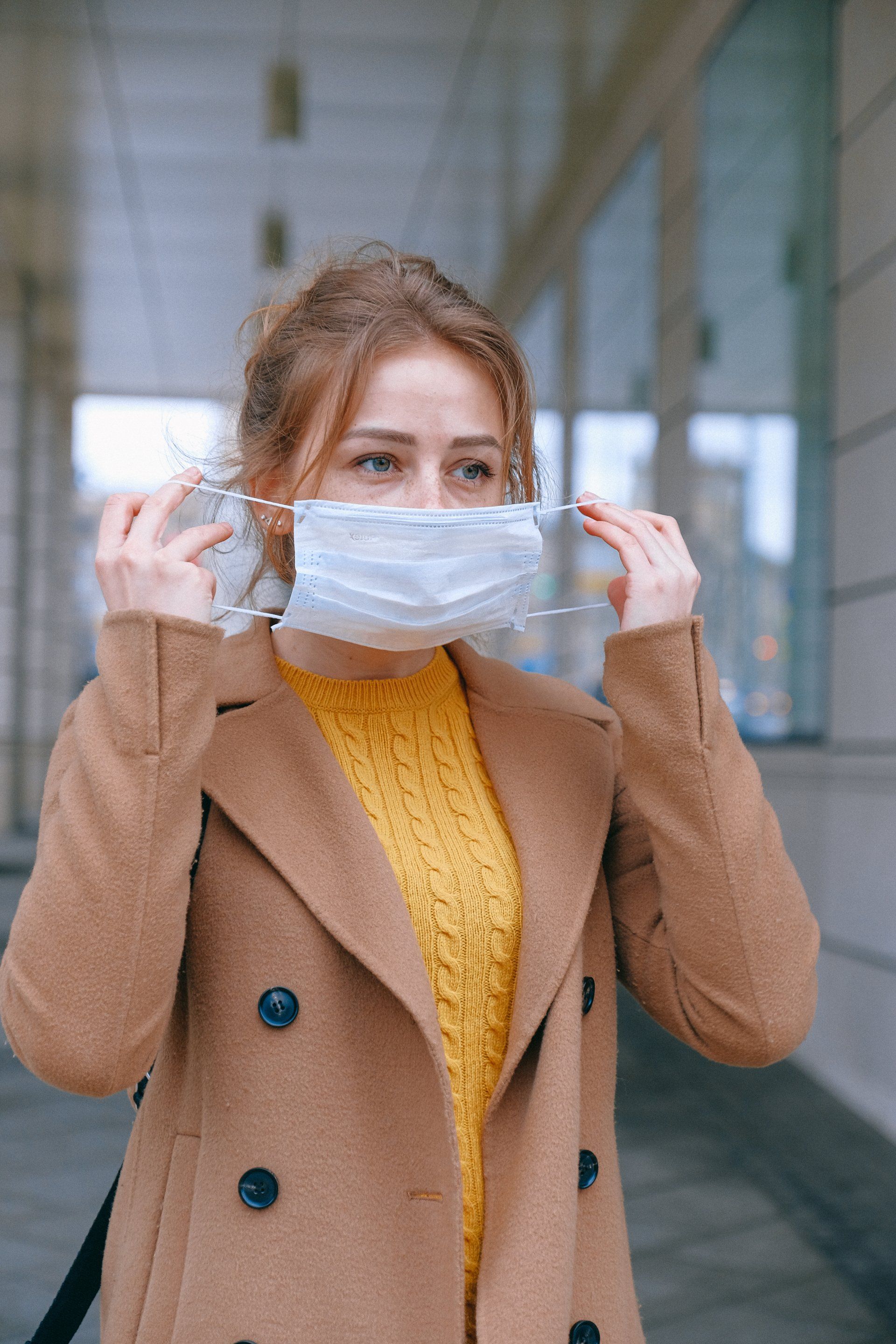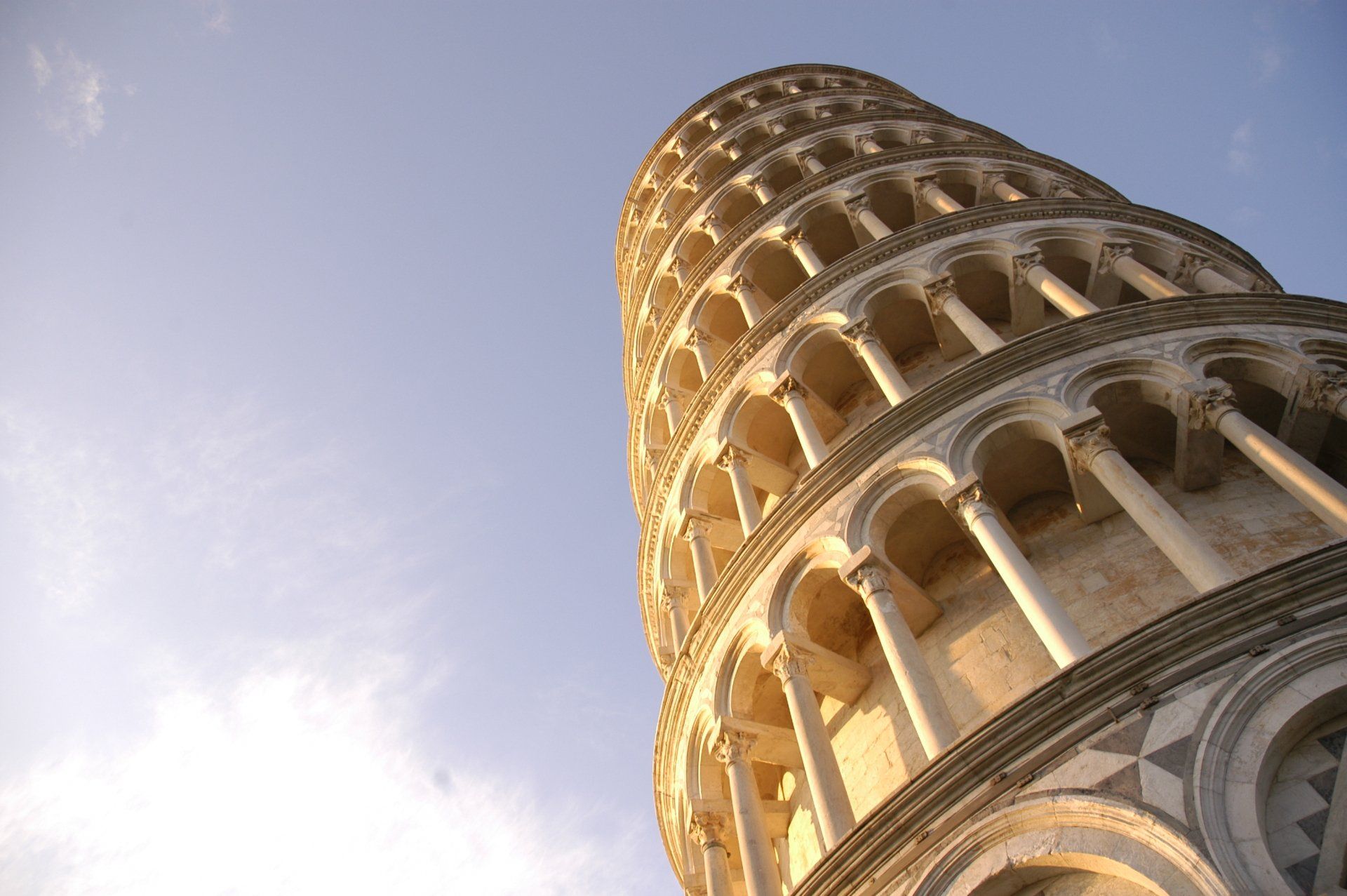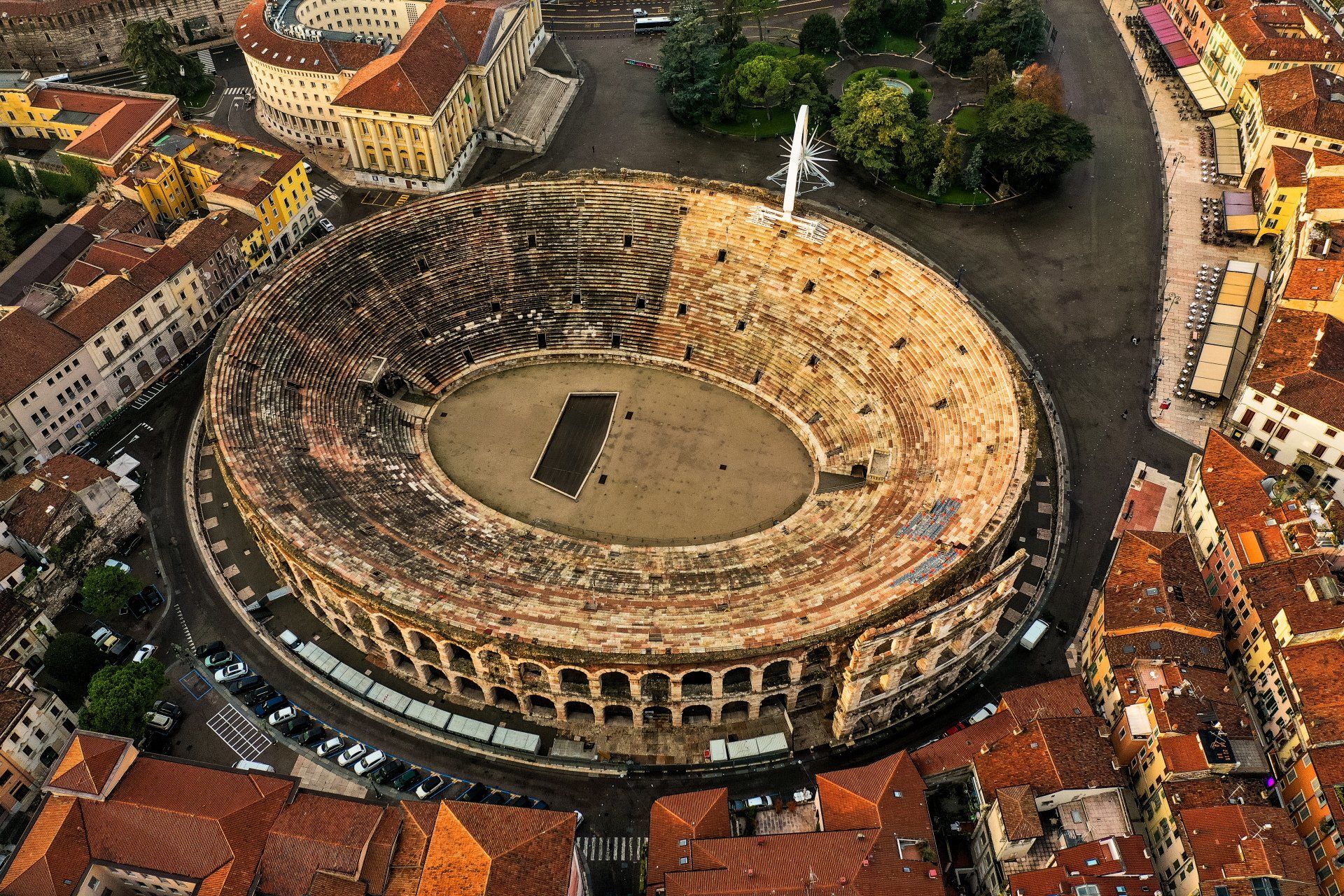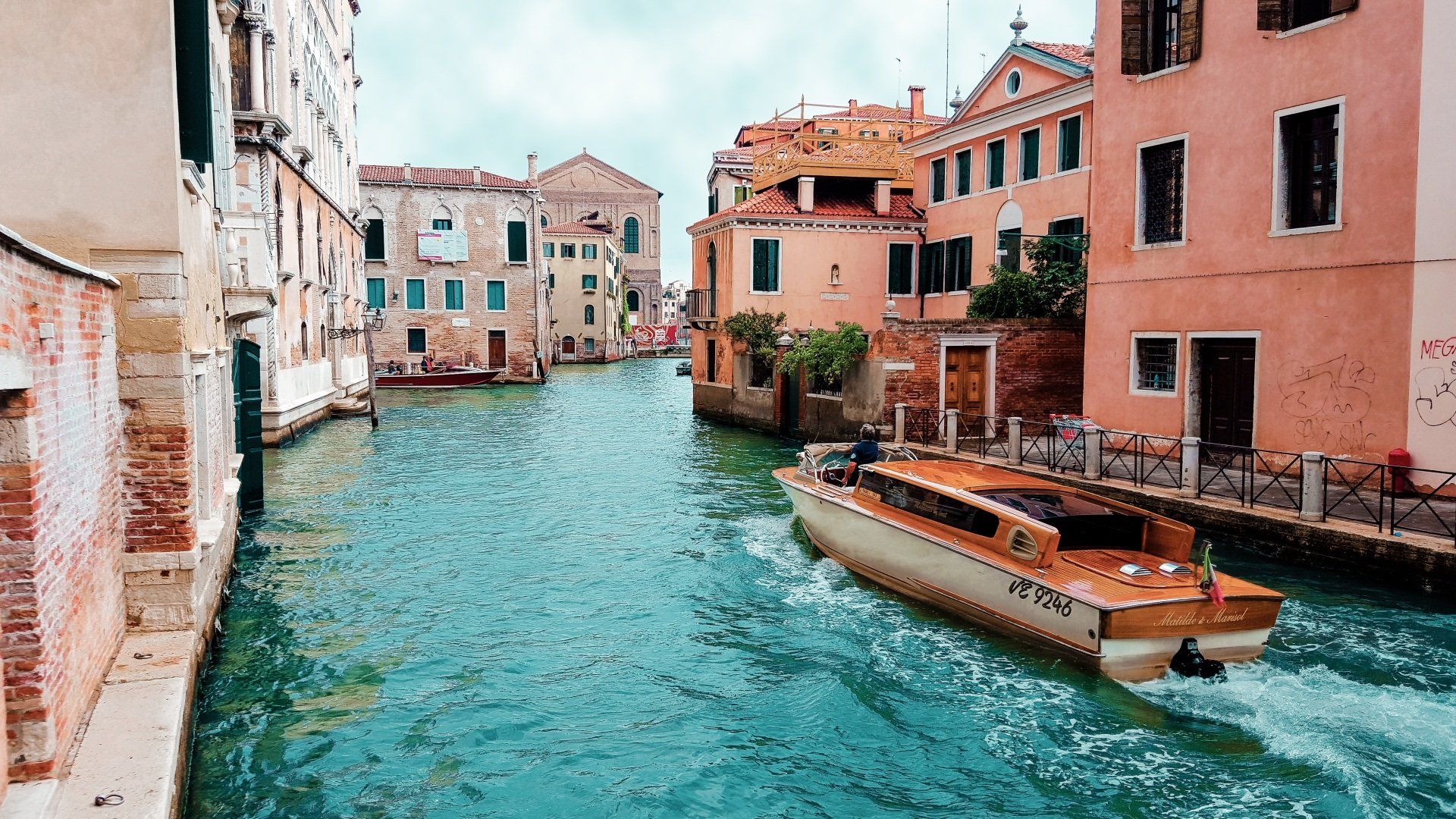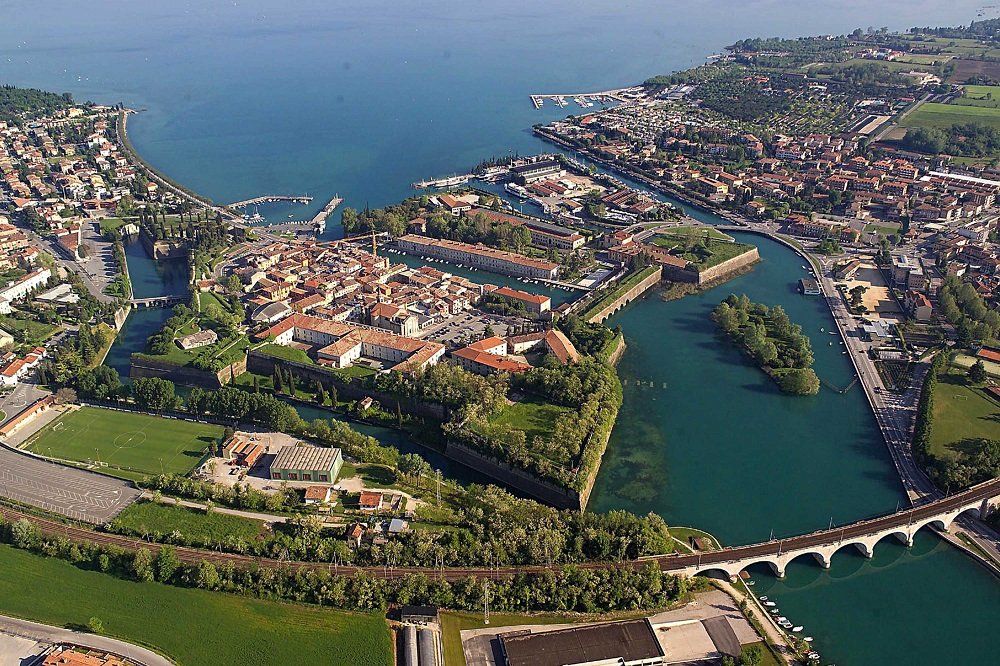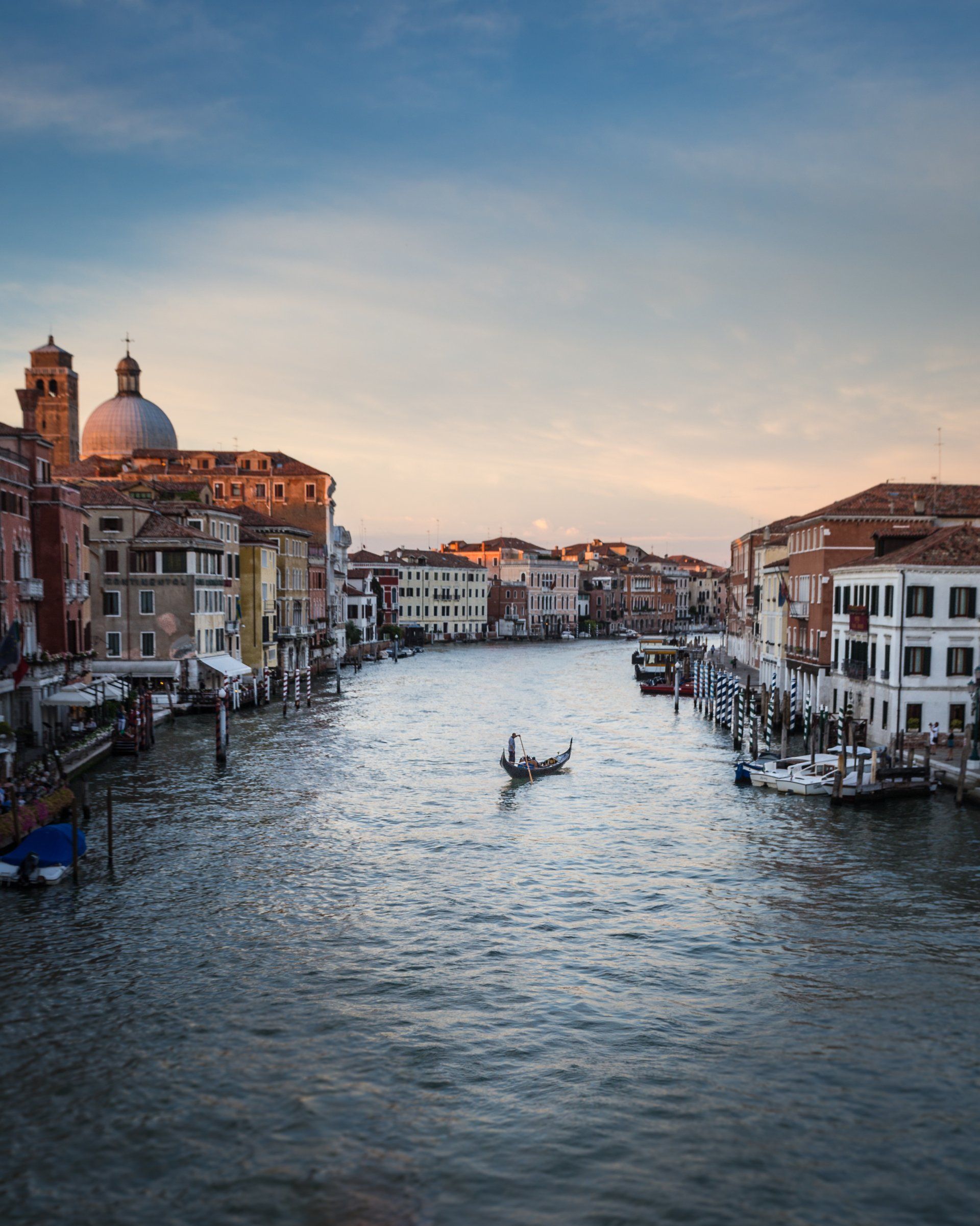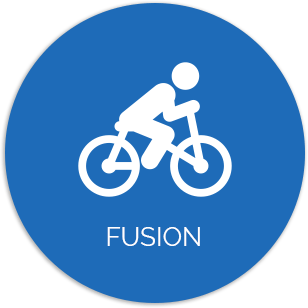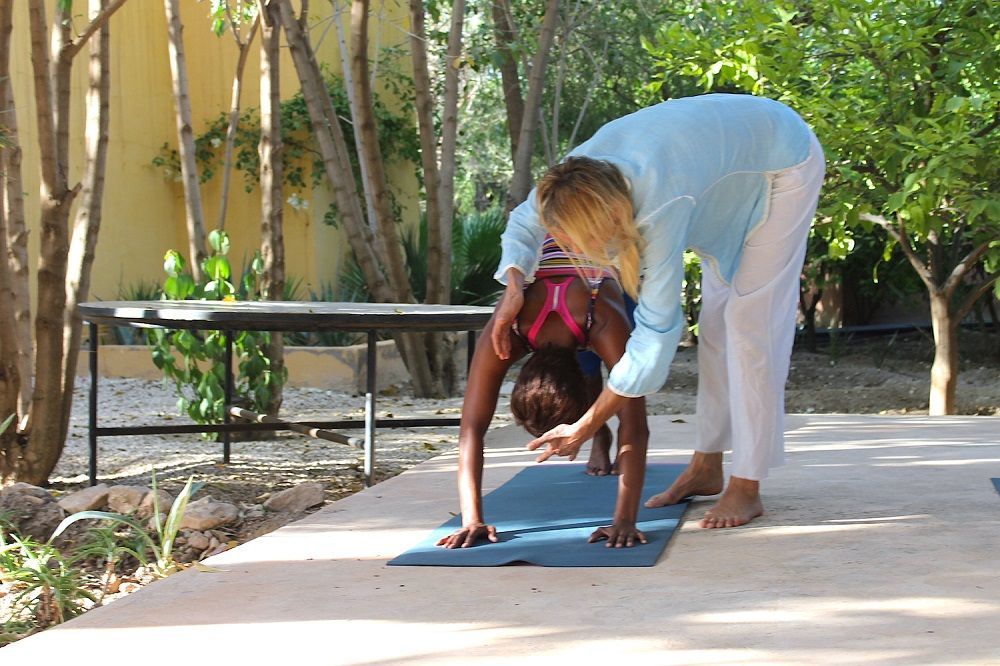If you're thinking of visiting Italy during the Covid-19 epidemic, here's what you should know.
Known for its ancient towns of art like Florence, one-of-a-kind marvels like Venice, and the seat of the Roman Catholic Church at Vatican City, located within Italy's capital of Rome, this is one of Europe's great trip hitters.
The numbers are bouncing around. With numbers dropping as low as 280,000 instances documented in the week leading up to March 9 in February and the beginning of March, they spiked to 507,000 reports in the last week of March and 401,425 reports in the week leading up to April 22.
As of this writing, around 90% of the adult population has been vaccinated, and children are being vaccinated as well. There is a new vaccination requirement for everyone over the age of 50, which was revealed on January 6. Four months following their second dosage, anybody over the age of 18 may now get a booster shot.
Tracking possible infection is done through Bluetooth using the App Immuni app. In the summer of 2021, "green passes" and "super green passes" will be available (see below).
At the end of April, it is reported that the indoor mask requirement would be abolished.
On February 11, nightclubs reopened with a 50% capacity inside and a 75% capacity alfresco.
Public transportation, with the exception of high-speed trains, is nonetheless subject to social distancing rules. Covid-19-positive passengers will be able to go no farther than the next station.
A cab can only accommodate two persons in the rear if they are family members.
In-store entry will no longer need a green pass starting April 1. Taking public transportation, eating at a restaurant, staying in a hotel, or visiting a museum or gallery aren't prerequisites for trips throughout the area.
The following indoor activities need the use of a super green pass: restaurants, bars, fitness facilities, italy yoga retreats, spas, swimming pools, conference centers, cultural centers, celebrations and ceremonies, nightclubs, and any kind of performance venue that has live music. The sole exception is if you're staying at a hotel, where a green pass is no longer necessary to dine at the property's restaurant.
Now, a basic green pass may be used to take a flight (other than regional transport), a boat, a train, or any other public transportation (other than regional transportation).
ITALY RETREATS




